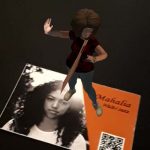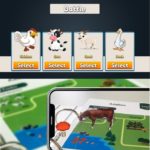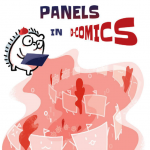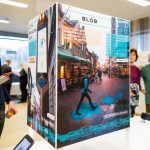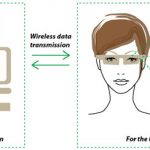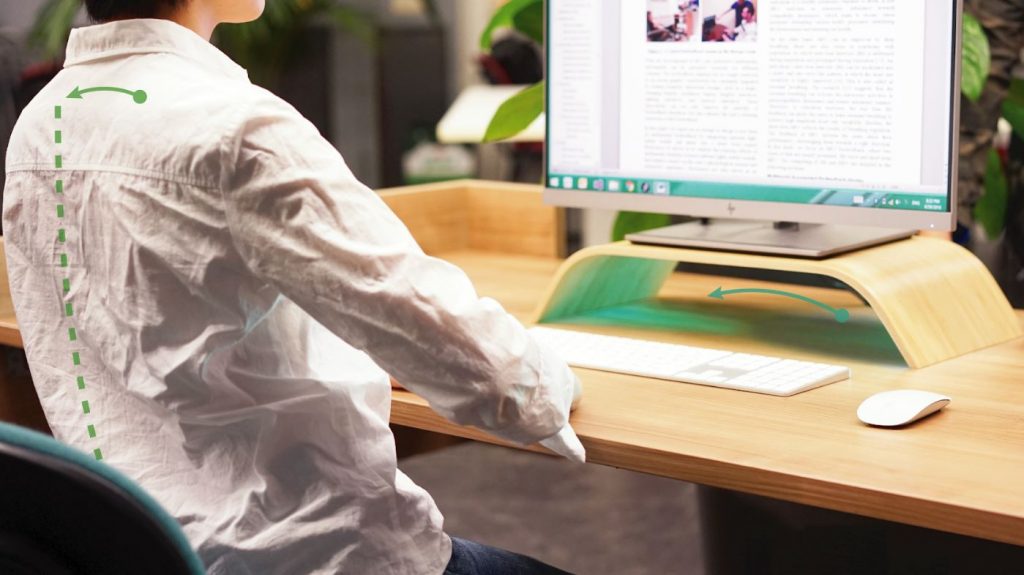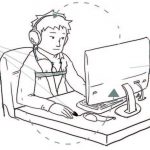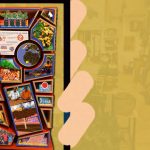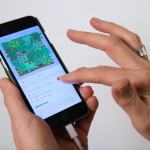Excellent B2 project work by Noa van den Brink, Teun van Acker and Renate Voss
The municipality of Eindhoven is always working on innovation and are working with new IoT technologies and sensors in public spaces, based on gathering and analyzing people’s data to improve the quality of life in the city.
At Stratumseind, there is such a sensor network which gathers data to solve issues in daily lives like safety. As local government, Eindhoven has to ensure that use of technology and data in the public space is visible, transparent, open, secure and respects the privacy of individuals and communities, which means that it is anonymous at all time. It is known that in Eindhoven a number of IoT / sensor networks in the public space work independently and are used by different parties and stakeholders. However, not everyone is aware of this sensor network and it has become clear that visualization and interaction with IoT in public spaces is a challenge. Especially, now privacy has become on of the main hot topics in the rapid digitizing world, think about The General Data Protection Regulation which is introduced in the EU in May 2018, (local) governments are looking for ways to implement new technologies in a transparent and democratic way. Therefore, as a leading municipality, Eindhoven wants to make it known and clear to everyone where the measuring equipment is located, what is measured and by whom, to ensure the public interest and stimulate innovation with the use of new technologies. …
N. van den Brink, T. J. van Acker, and R. P. C. Voss,
IoT in the City: Data Awareness at Stratumseind, B2 Report, Department of Industrial Design, Eindhoven University of Technology, Eindhoven, 2019.
FULLTEXT:
PDF
